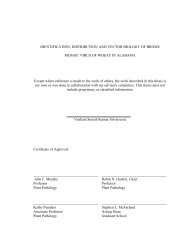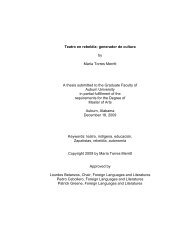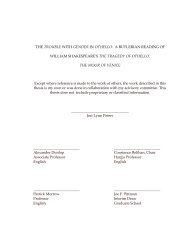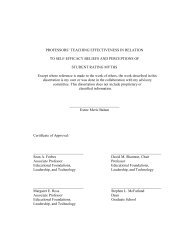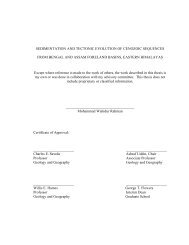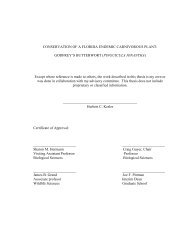Enhanced Polymer Passivation Layer for Wafer Level Chip Scale ...
Enhanced Polymer Passivation Layer for Wafer Level Chip Scale ...
Enhanced Polymer Passivation Layer for Wafer Level Chip Scale ...
Create successful ePaper yourself
Turn your PDF publications into a flip-book with our unique Google optimized e-Paper software.
composites via the cationic crosslinking reaction because silica fillers with micrometer size can<br />
scatter the UV light, impede the photo reaction, and hence are incompatible with the photo-<br />
polymerization process. Based upon their results, nanosilica composites have displayed desirable<br />
optical properties and were chosen as the filler to reduce the thermal expansion of photo-<br />
definable epoxy material. A photo-sensitive initiator was added into the <strong>for</strong>mulation, releasing<br />
the cations after UV exposure and initiating the epoxy crosslinking reaction. This photo-<br />
crosslink reaction makes the epoxy a negative photoresist that can be utilized in the fabrication<br />
process, and also make it a good wafer level protective material [22].<br />
1.6 Research Objective and Outlines<br />
The objective of this research was to develop a new WLCSP fabrication process with the<br />
use of a wafer level SolderBrace coating to achieve low cost reliability improvement. This<br />
SolderBrace material is a kind of photo-definable epoxy resin which not only replaces the<br />
capillary underfills (the process that employs capillary action to underfill the die to substrate<br />
undergap), but also replaces the final passivation layer of the silicon device fabrication process,<br />
making it an attractive low cost solution <strong>for</strong> future WLCSP designs. The package proposed here<br />
has a single bump solder joint geometry with a thick coating of SolderBrace material deposited<br />
on the die. Processing of this coating layer can be achieved by two methods. The first is done at<br />
the wafer level using the standard semiconductor lithography processing method. The second<br />
application process involves printing the material on the pre-balled wafers followed by the solder<br />
cleaning and cure.<br />
Figure 1.6 outlines the steps <strong>for</strong> the first method. The coating is spin applied, UV defined,<br />
and bumped. Figure 1.7 outlines the processing steps <strong>for</strong> the second method with printing over<br />
8






